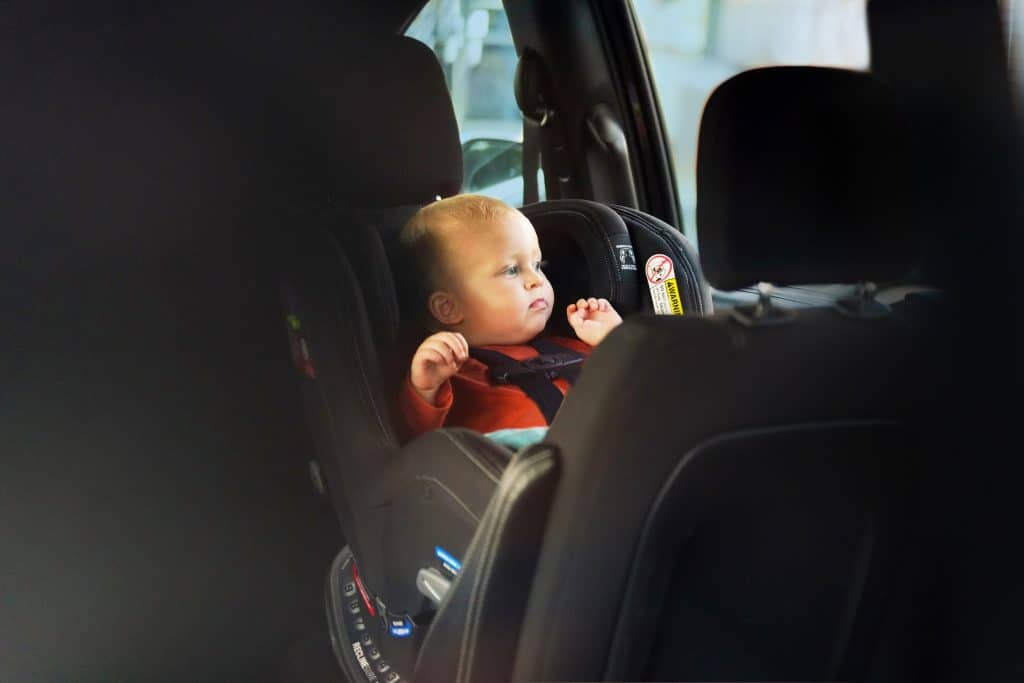
As advances in child restraint technologies and improved Federal safety regulations continue to make car seats more effective at reducing injuries and preventing fatalities, the Juvenile Products Manufacturers Association (JPMA) and Safe Kids Worldwide are teaming up during Child Passenger Safety Week (Sept. 15-21, 2024) to remind families to use the correct car seat for their child’s height, weight, age, and developmental needs. It’s also important for the car seat to be used according to manufacturer instructions.
To be certain that a car seat is being used correctly, it’s important that parents and other caregivers carefully read and follow the instructions and labels. Product experts will help answer any questions through manufacturer customer service resources, and many manufacturer websites include how-to videos. Hands-on assistance is also available from trained and certified Child Passenger Safety Technicians across the country and is usually provided as a free service through check-up events or inspection stations. Virtual checks are also available, so every family can have full access to these educational resources.
Safe Kids Worldwide also released a new study today showing that while progress has been made in the last 10 years, an alarming number of children are still not properly buckled up in motor vehicles, putting them at an unnecessary risk of severe and even fatal injuries.
The report, Booster Seat Use in the USA: Breakthroughs and Barriers, found that four out of five parents moved their child out of a booster seat before the child was big enough— and that three in four are unaware that kids need to ride in boosters until they’re at least 4-foot-9-inches tall.
Download the full report
While seat belts are safer than no restraint at all, children who should be in a booster seat but only use a seat belt are at risk of severe abdominal, head and spinal injuries. “Motor vehicle crashes are the second-leading cause of death for children ages 4 to 10,” said Torine Creppy, president of Safe Kids Worldwide. “Booster seats save lives and prevent serious injuries but only if we use them and make sure they are adjusted properly. Here’s a great first step: once your child is big enough to use a booster seat, keep using it until they can safely ride in a seat belt alone. It’s the best way to keep your child safe.”
The study, conducted in collaboration with researchers from The Ohio State University and funded by a grant from Chevrolet, was based on an online survey of 3,026 parents and caregivers with children ages 4 to 10 years old. It focused on behaviors and awareness around the use of boosters, which help protect children who have outgrown a car seat but are too small to be safely restrained by a seat belt alone. Previous research has found that using booster seats reduces the risk of serious injury by 45 percent compared to using seat belts alone.
The study also explored risks associated with carpooling and school drop-offs or pick-ups, and found:
- Thirty percent of caregivers who drive carpools admitted they do not always follow safety rules, letting children ride without the restraints they would normally use.
- Eighty percent of caregivers said they’ve noticed that other drivers do not always follow the rules when driving children.
- Many also reported engaging in unsafe practices to comply more easily with school drop-off and pick-up policies.
The study called for a multi-pronged effort to educate families, particularly those at highest risk, and to adopt public policies to keep kids safe. “Our goal is for every child to be appropriately restrained for every ride. Achieving that mission requires an understanding of how families make decisions and identifying effective ways to foster growth,” said Dr. Julie Mansfield, Research Associate Professor at The Ohio State University’s Injury Biomechanics Research Center. “Research like this helps us understand the gaps in our current advocacy efforts and helps us to work in a more targeted way to close those gaps.”
“Chevrolet and Safe Kids have proudly worked together for more than 25 years to help educate parents and caregivers on safety best practices in and around vehicles,” said Suzanne Johansson, head of child safety engineering at Chevrolet. “While we’re encouraged by the progress we’ve seen in the last decade, this study shows that education and awareness are still critical in increasing booster seat usage.”
The bottom-line message of the report: Buckle up every ride, every time, in the right seat.
- Learn more about car seat safety at safekids.org.
- Find a Car Seat Event or Inspection Station here
- Remember: A child needs to be at least 57″ tall (4’9″) to ride in a seatbelt alone. Find out if a child is ready by doing the Safety Belt Fit Test:
– Check knees and feet. Your child’s knees should bend at the edge of the seat when their back and bottom are against the vehicle seat back. Their feet should touch the floor for comfort and stability.
- Check the lap belt. The vehicle lap belt must fit snugly across the hips or upper thighs.
- Check the shoulder belt. The shoulder belt must fit across the shoulder and chest, NOT across the face or neck. Learn more about safe seatbelt use.